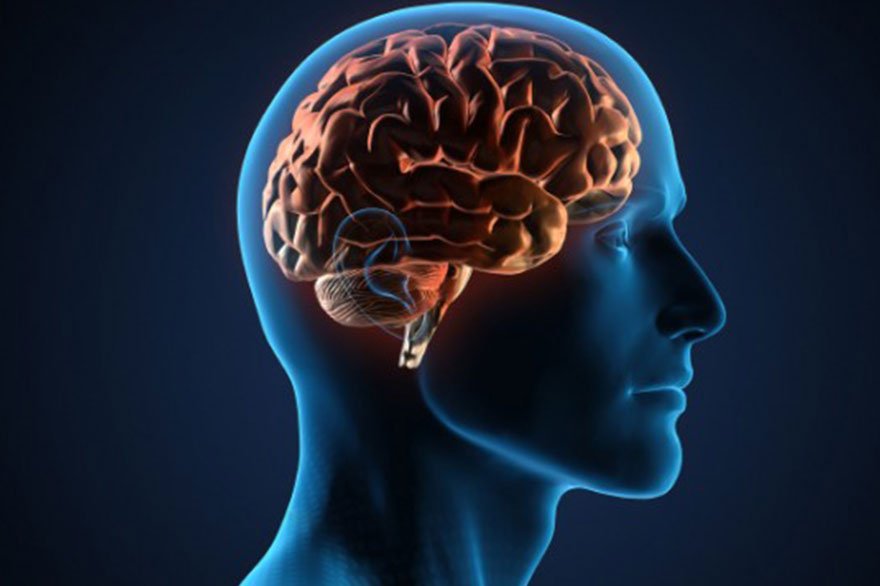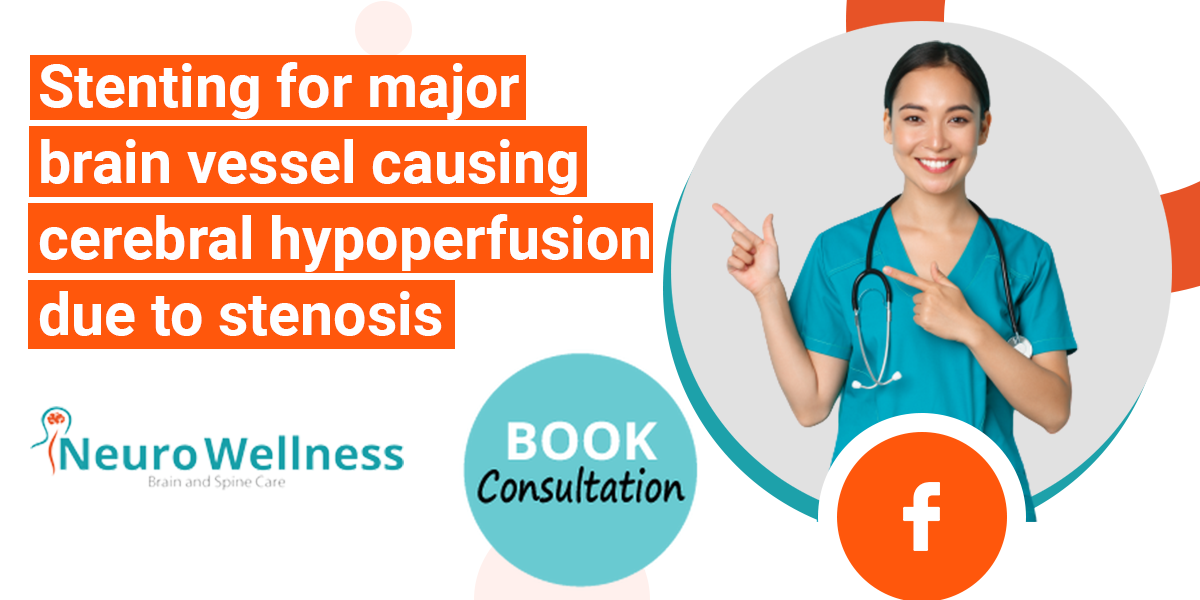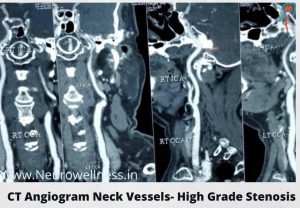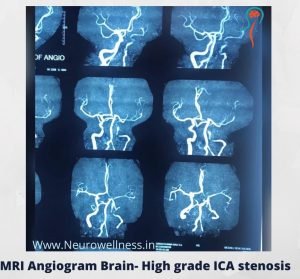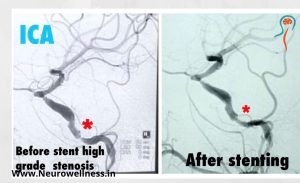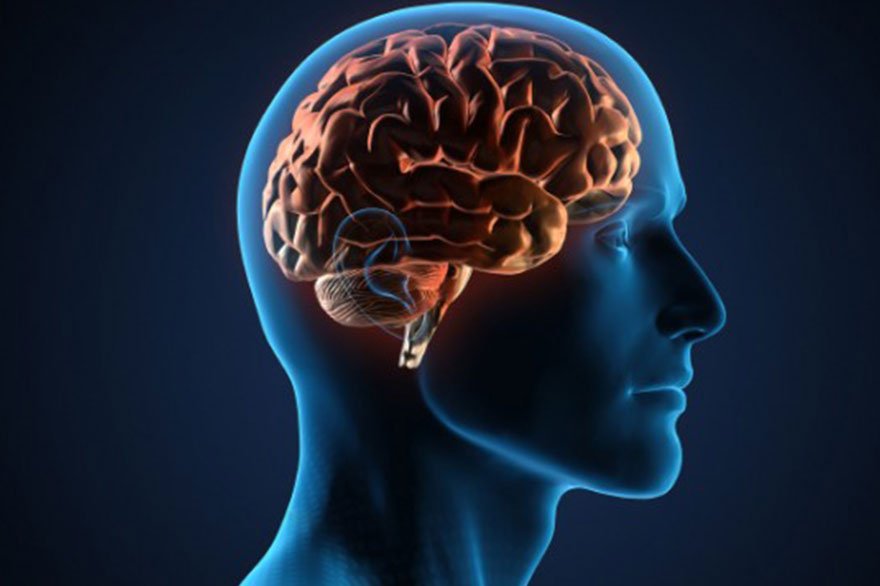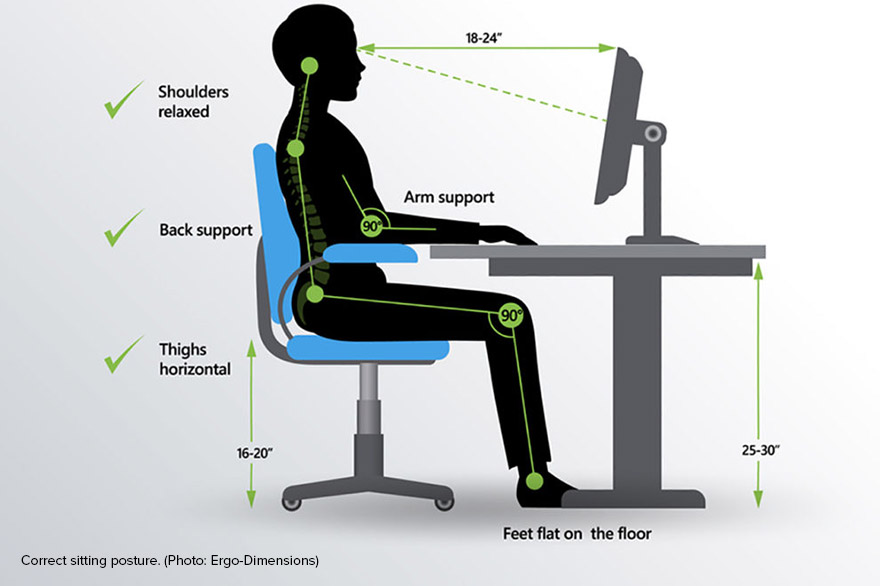A brain aneurysm is a serious medical condition that can be life-threatening if not diagnosed and treated in time. Many people are unaware that they might have an aneurysm, as it often presents no symptoms until it ruptures. When an aneurysm in the brain ruptures, it can lead to severe complications, including permanent neurological damage or even death. Understanding the brain aneurysm symptoms and seeking medical attention early is essential for preventing severe outcomes.


What Is a Brain Aneurysm?
A brain aneurysm occurs when a blood vessel in the brain weakens and bulges outward like a balloon. This bulging creates a sac filled with blood that can put pressure on surrounding brain tissue or nerves. While many brain aneurysms remain small and undetected, some may grow large enough to rupture, leading to a subarachnoid hemorrhage—a life-threatening type of stroke.
In the general population, it is estimated that about two out of every 100 people may have an undiagnosed brain aneurysm. These aneurysms often go unnoticed because they rarely cause symptoms unless they rupture.
Brain Aneurysm Symptoms
Though brain aneurysms are often asymptomatic, in some cases, they may produce warning signs that should not be ignored. Recognizing the potential brain aneurysm symptoms could be crucial in preventing a rupture.
Some of the common symptoms include:
1. Sudden, Severe Headache: Often described as the “worst headache of your life,” this is the most common sign of a ruptured brain aneurysm. The headache typically comes on suddenly and is often accompanied by nausea, vomiting, or a stiff neck.
2. Pain Above or Behind the Eye: This pain can be a result of pressure on the nerves near the aneurysm. It is often a warning sign before a rupture occurs.
3. Double Vision or Blurred Vision: Vision problems, such as double vision, may be caused by the aneurysm pressing on the optic nerve.
4. Numbness or Weakness on One Side of the Face: This can happen if the aneurysm presses on nearby nerves, affecting facial muscles.
5. Dilated Pupils: A noticeable enlargement of one or both pupils could be a sign of increased pressure in the brain due to the aneurysm.
6. Drooping Eyelid (Ptosis): One eyelid may droop if the aneurysm is pressing on the nerve controlling the eyelid.
If you experience any of these symptoms, especially a sudden severe headache, it is essential to seek immediate medical attention. Early intervention could save your life.
Risk Factors for Brain Aneurysms
Several factors can increase the risk of developing a brain aneurysm. Although some people may have a genetic predisposition to this condition, lifestyle choices and other health conditions also play a significant role.
1. Age
As people get older, the risk of brain aneurysms increases. The blood vessels may weaken over time, leading to the formation of an aneurysm. Most aneurysms are detected in individuals over the age of 40.
2. High Blood Pressure (Hypertension)
Chronic high blood pressure is a leading cause of brain aneurysms. The increased force of blood flow weakens the walls of the blood vessels, making them more prone to bulging and rupture.
3. Smoking
Smoking is another major risk factor. It damages the blood vessels and increases the likelihood of aneurysm formation. Smokers are more likely to experience aneurysm ruptures compared to non-smokers.
4. Alcohol Consumption
Excessive alcohol intake can raise blood pressure and contribute to the formation and rupture of brain aneurysms.
5. Drug Abuse
The use of illicit drugs, particularly cocaine, can significantly increase the risk of brain aneurysms. Drug abuse leads to sudden spikes in blood pressure, which weakens blood vessel walls.
6. Gender
Women are at a slightly higher risk of developing brain aneurysms compared to men, particularly after the age of 40. Hormonal changes, particularly post-menopause, may contribute to this increased risk.
7. Family History
If you have a close relative, such as a parent or sibling, who has had a brain aneurysm, your risk of developing one increases. About 1% of cases are linked to genetic factors.
8. Geographic Prevalence
Brain aneurysms are more common in certain populations, such as those living in Finland and Japan. In India, the incidence of brain aneurysms has been gradually increasing in recent years.
Diagnosing Brain Aneurysms
Because brain aneurysms often go undetected, it’s crucial to undergo diagnostic tests if you have risk factors or symptoms. Here are some common diagnostic tools used by neurosurgeons in Bangalore to identify and evaluate brain aneurysms:
1. CT Scan: A computed tomography (CT) scan of the brain can quickly identify bleeding or other abnormalities associated with aneurysms.
2. MRI: Magnetic resonance imaging (MRI) is a more detailed imaging test that can detect unruptured aneurysms and other brain abnormalities.
3. MRA (Magnetic Resonance Angiography): This type of MRI specifically focuses on the blood vessels, helping detect aneurysms in the brain.
4. Digital Subtraction Angiography (DSA): DSA is an advanced imaging test used to visualize the blood vessels in the brain in detail. It is often used to plan surgical or endovascular treatments.
5. Duplex Scan: This non-invasive test combines traditional ultrasound with Doppler imaging to evaluate blood flow in the brain’s vessels.
6. Echocardiogram (ECHO): ECHO is used to assess the heart’s function and rule out other cardiovascular issues that might be contributing to the aneurysm.
Treatment Options for Brain Aneurysms
Once diagnosed, the treatment of a brain aneurysm depends on its size, location, and whether it has ruptured.
1. Monitoring
If an aneurysm is small and not causing symptoms, the doctor may recommend regular monitoring through imaging tests to watch for changes in size or condition.
2. Surgical Clipping
In this procedure, a neurosurgeon places a metal clip around the base of the aneurysm to stop blood flow into the aneurysm, preventing it from growing or rupturing.
3. Endovascular Coiling
This minimally invasive procedure involves inserting a catheter through the blood vessels to reach the aneurysm. Tiny coils are then placed into the aneurysm, causing it to clot and reduce the risk of rupture.
4. Flow Diverter Stents
A flow diverter stent is placed across the aneurysm to redirect blood flow and prevent rupture. This technique is often used for larger or more complex aneurysms.
Conclusion
A brain aneurysm is a dangerous condition that can be life-threatening if left untreated. While many aneurysms go undiagnosed due to a lack of symptoms, it’s essential to recognize the potential warning signs, such as sudden severe headaches, vision problems, and facial weakness.
If you are at risk or are experiencing any of these symptoms, seek a consultation with a neurosurgeon in Bangalore as soon as possible. Early diagnosis and treatment can prevent severe outcomes, including permanent brain damage or death.
Contact Us
At Neurowellness Brain and Spine Clinic in Bengaluru, our expert neuro team specializes in diagnosing and treating all types of neuro-related problems, including brain aneurysms. If you suspect you have an aneurysm or are experiencing symptoms, don’t wait—reach out for a consultation today.
Neurowellness Brain and Spine Clinic
#1224, Ground Floor, 26th Main, Jayanagar 9th Block,
Bangalore – 560069
Brain Aneurysm Diagnosis & Treatment in Bangalore
“Don’t ignore sudden headaches or vision problems. Neurowellness Brain & Spine Clinic offers expert diagnosis and advanced treatment for brain aneurysms.”
FAQs
1. What are the first symptoms of a brain aneurysm?
Severe headaches, blurred vision, nausea, and neck stiffness are common early signs.
2. Is a brain aneurysm always life-threatening?
Not always, but rupture can be fatal. Early diagnosis and treatment are crucial.
3. How do doctors detect brain aneurysms?
Through CT scan, MRI, or angiography.
4. Can a brain aneurysm be treated without surgery?
Small, unruptured aneurysms may be monitored or treated with endovascular procedures.
5. Where can I get brain aneurysm treatment in Bangalore?
Neurowellness Brain & Spine Clinic offers advanced surgical and endovascular treatment.

About Author
Dr. Ganesh Veerabhadraiah
Dr. Ganesh Veerabhadraiah, leading neurosurgeon and neurologist in Bangalore, has over 20 years of expertise in managing back pain, migraines, headaches, neuro disorders, and spine problems. His clinical excellence and patient-first approach make him one of the most trusted neuro doctors in Bangalore.
At Neurowellness Brain & Spine Clinic in Jayanagar and Kavery Hospital Electronic City, Dr. Ganesh provides comprehensive treatments ranging from minimally invasive spine surgery to advanced neurological care. As a respected back pain specialist and migraine doctor, he continues to deliver reliable outcomes for patients.
👉 Connect with Dr. Ganesh on LinkedIn

